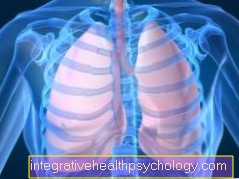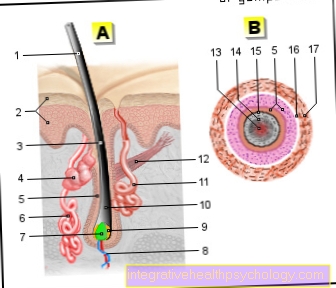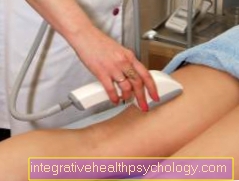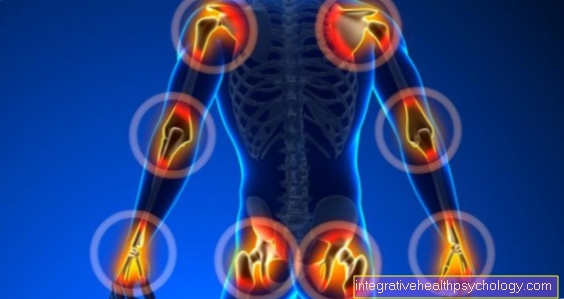Trisomy 18 in the unborn child
What is trisomy 18 in the unborn child?
Trisomy 18, also known as Edwards syndrome, is a serious gene mutation that is associated with a poor prognosis. The majority of children die before they are born.
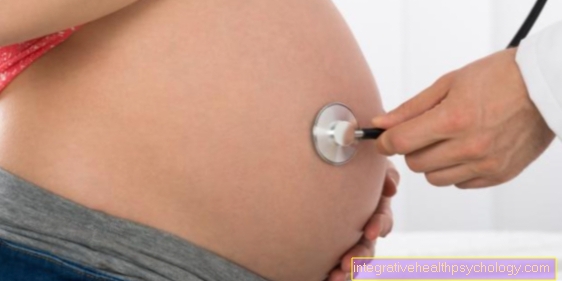
In trisomy 18, chromosome 18 is present in threefold, instead of the usual twofold. Girls are slightly more likely to have trisomy 18 than boys. In general, the disease is rather rare, it occurs with a frequency of about 1: 6000.
Read more on the subject at: Trisomy 18
causes
Trisomy 18 is a chromosomal aberration. During cell division there is a maldistribution of the chromosomes and thus a triple presence of chromosome 18.
Normally every person has a so-called double set of chromosomes with 23 pairs of chromosomes, i.e. 46 chromosomes. Half of this comes from the mother and the other half from the father. The germ cells (egg cells and sperm) only have a single set of chromosomes (23 chromosomes). When they are formed, the double set of chromosomes is halved. When the egg cell and sperm fuse together, a cell with a double set of chromosomes can arise.
Read more on the subject under: Chromosomes - Structure, Function & Diseases
The mistake that leads to trisomy 18 can occur both during the formation of the germ cells and only after fertilization. A distinction is made between different forms of trisomy 18 depending on the point in time. The probability of such a maldistribution of chromosomes increases with the age of the mother.
Diagnosis before birth
The suspicion of a trisomy 18 in the unborn child can arise during the ultrasound examinations as part of prenatal care. Signs for this are e.g. growth retardation, malformations of the internal organs or the amount of amniotic fluid.
Read more on the subject at: Check-ups during pregnancy
Various maternal blood tests may be done following suspicion. However, the triple test only indicates whether there is an increased risk of a trisomy. Newer blood tests such as the Panorama test, the Harmony test or the prenate test provide specific information on whether a trisomy is present and which one.
Read more on the subject at: Prenatal test
A 100% reliable diagnosis, however, is only possible with an invasive examination such as a tissue examination of the placenta (Chorionic villus sampling) or an amniotic fluid test (Amniocentesis). The cells removed there can then be examined for a trisomy.
Concomitant symptoms
Pregnant women with a child with trisomy 18 usually do not notice this. The trisomy of the child does not cause symptoms in the pregnant woman. Only in an ultrasound examination of the unborn child can the suspicion of a trisomy 18 arise due to a growth delay or a malformation of the internal organs.
The typical external features of a child with trisomy 18 are only noticeable after birth.
Treatment / therapy
There is no therapy for trisomy 18, either in the unborn child or after birth. If the child does not die before birth, symptomatic therapy can be started after birth, such as artificial respiration or nutrition.
Duration / forecast
The prognosis of trisomy 18 in the unborn child is very poor. About 90% of children die before they are born. However, if the due date is reached, only about 5% of children survive the first year of life due to the various malformations and accompanying diseases. Healing of trisomy 18 is not yet possible.
Recommendations from the editorial team
- Trisomy 18
- down syndrom
- Trisomy 13 in the unborn child
- Chromosomal aberration


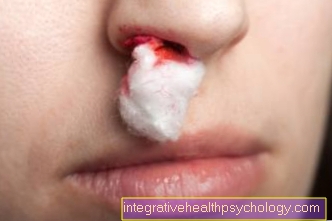


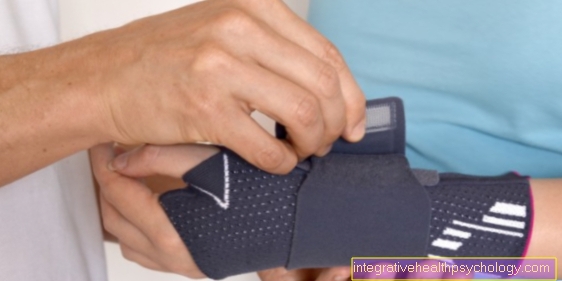


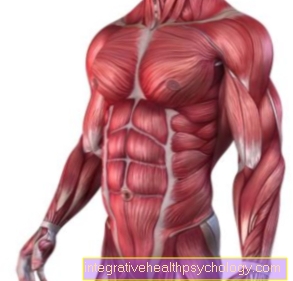



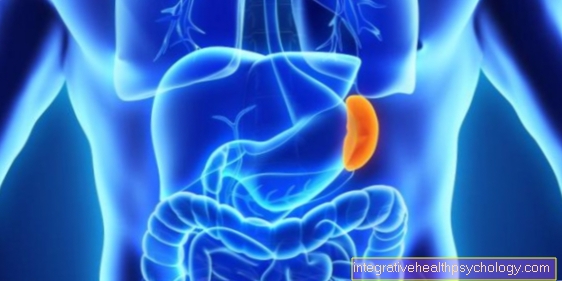

.jpg)


